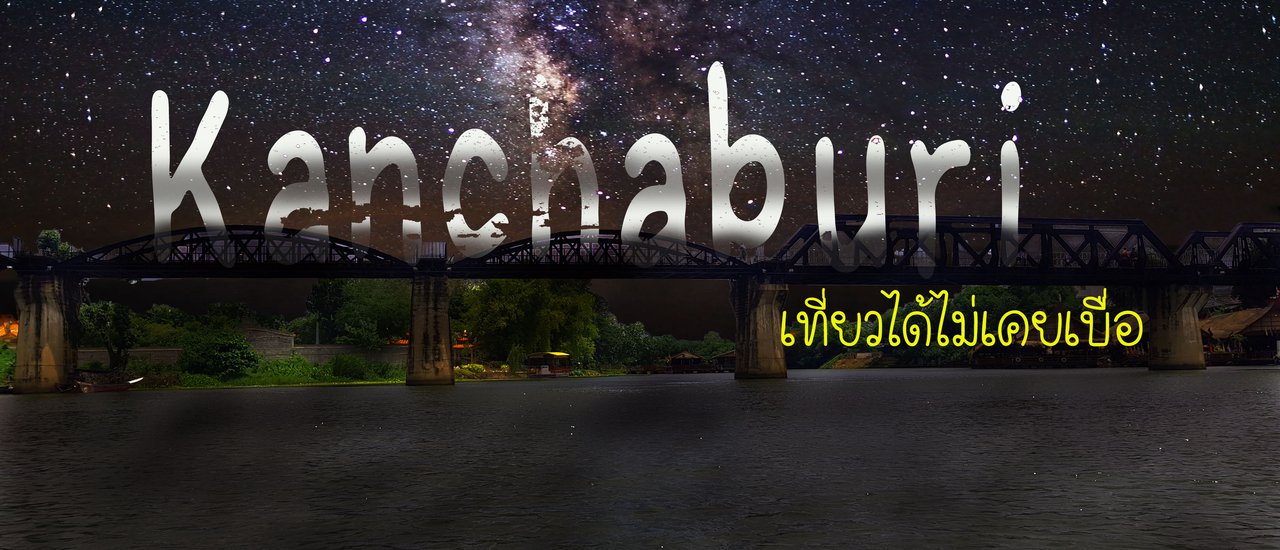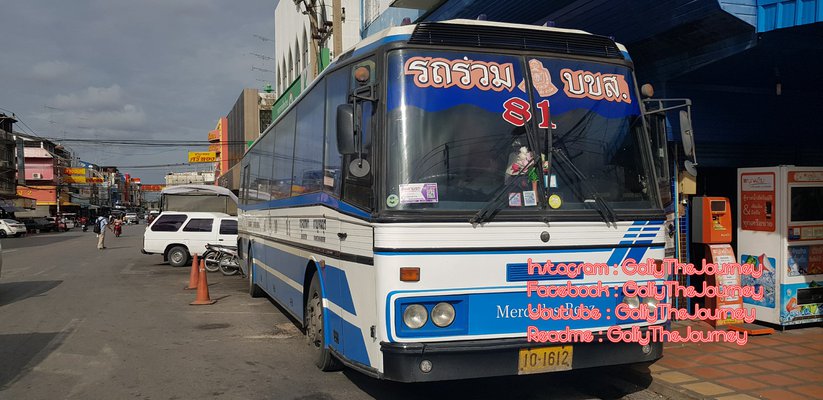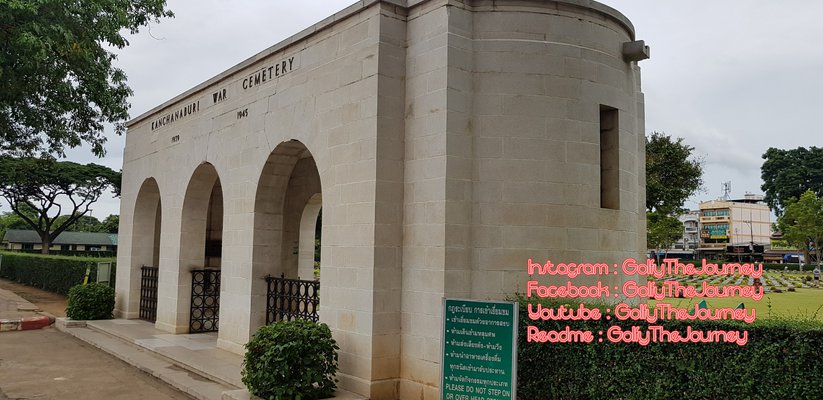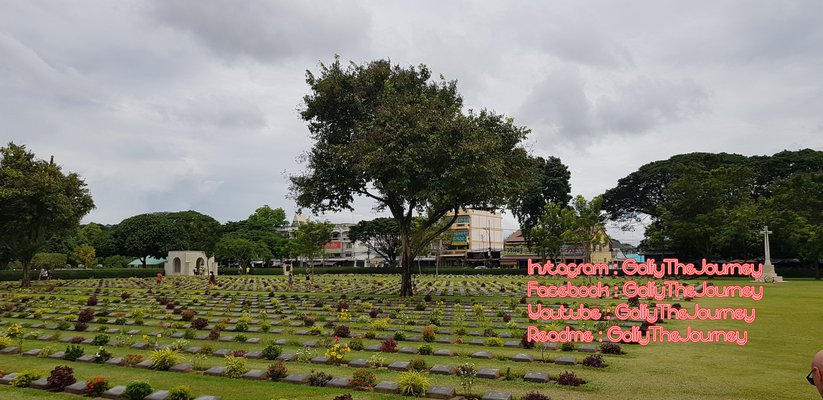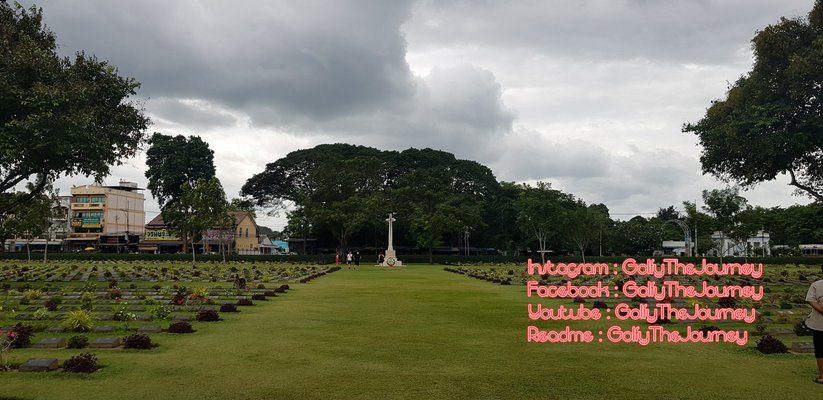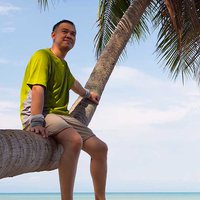Kanchanaburi: Endless Adventures Await
Kanchanaburi, the third largest province in Thailand, boasts a wealth of natural beauty and attractions. Today, I will highlight some of the most popular destinations in Kanchanaburi city. Transportation
1. The train is another convenient way to travel to Kanchanaburi Province, passing through important points in the city.
Thon Buri - Kanchanaburi

Kanchanaburi - Thon Buri

2. Travel by air-conditioned bus from Sai Tai Mai Bus Terminal. The fare is 100 baht, and buses depart every 20 minutes. The journey takes approximately 2 hours.
First departure: Bangkok Southern Bus Terminal - Kanchanaburi 05:00
Last trip at 22:00
First departure: Kanchanaburi - Bangkok (Sai Tai Mai) 03:30
Last tour at 8:00 PM
The bus looks like this. This picture was taken at the bus station near the Kanchanaburi Transportation Center. Personally, I don't take vans. I prioritize safety. However, if you are more comfortable at Mo Chit or the Southern Bus Terminal, there are air-conditioned vans available.

Upon arrival in Kanchanaburi city, a popular tourist attraction is the Allied War Cemetery. For those arriving by train, the cemetery is just a short walk across the street. Visitors arriving by bus will need to walk uphill for approximately 20 minutes, or they can take a local songthaew (shared taxi) from the nearby area.

Don Rak Allied War Cemetery
Known as the "Allied War Cemetery" or "Kanchanaburi War Cemetery," this 17-acre site holds the remains of 6,982 prisoners of war who perished during the construction of the Death Railway. Of these, 300 succumbed to cholera and were buried at the Nikke Camp (approximately 15 kilometers before the Three Pagodas Pass). The remaining bodies were exhumed from POW graves scattered across various camps. The Kanchanaburi War Cemetery and the Chungkai War Cemetery were established through an agreement between the Thai government and the Allied forces on August 24, 1954. The serene and verdant cemetery is meticulously maintained, with each grave marked by a brass plaque bearing the name, age, and nationality of the deceased. A poignant inscription of mourning adorns the final line. Each year, specific days are dedicated to commemorating the fallen from different nations:
- Anzac Day (April 25) for Australians and New Zealanders
- Armistice Day (May 5) for the Dutch
- Remembrance Day (November 11) for the British
Following the conclusion of World War II in 1945, the victorious Allied forces constructed numerous memorials across Asia to commemorate the lives lost during the conflict. These memorials are located in various countries, including two in Thailand, three in Burma, six in India, five in Bangladesh, and two each in Pakistan and Sri Lanka.
The Thai government and Allied forces agreed on August 24, 1954, to establish two cemeteries: the Don Rak Allied War Cemetery (Don Rak Cemetery) and the Kanchanaburi War Cemetery (or Chong Kai Cemetery) in Kanchanaburi Province.

The atmosphere is very shady.




Allied War Cemetery Information
Name: Don Rak Allied War Cemetery
Location: 284/66 Saeng Chuto Road, Ban Tai Subdistrict, Mueang Kanchanaburi District, Kanchanaburi 71000
Opening Hours: 8:00 AM - 5:00 PM daily
Contact: 034-511-500
Guidelines:
- Please maintain a respectful and solemn demeanor while visiting the cemetery.
- Refrain from taking inappropriate photos or engaging in playful or disrespectful behavior.
- Do not walk on the graves.
- Avoid making loud noises or running within the cemetery grounds.
- Food and beverages are not permitted.
- No events or activities are allowed within the cemetery.
This trip included a scenic boat ride on the River Kwai. Boats are available near the bridge crossing the river, approximately 20 minutes' walk from the cemetery. The boat fare is negotiable and depends on the number of passengers.

River Kwai view.

Get ready to set sail!

The view is amazing.

It takes about 10 minutes to see the beautiful view of the bridge over the River Kwai from the river.

Could you please take a quick picture with the bridge in the background?

The bridge looks beautiful from below.

The Bridge over the River Kwai
The Bridge over the River Kwai is the most important bridge on the Death Railway. The Japanese army conscripted approximately 61,700 Allied prisoners of war, including British, American, Australian, Dutch, and New Zealand soldiers, as well as a large number of Chinese, Vietnamese, Javanese, Malay, Thai, Burmese, and Indian laborers, to construct the strategic railway line as a route to Burma. One section of the route required crossing the River Kwai. The construction of the bridge and railway was fraught with difficulties, the brutality of war and disease, and food shortages, resulting in the deaths of tens of thousands of prisoners of war. Steel from Malaya was used to assemble the bridge in sections, with the central section being a steel bridge with 11 spans and the head and frame of the bridge being made of wood. The bridge was officially opened on December 25, 1943. Later, in November 1944, it was bombed several times, causing the bridge to break in the middle. After the end of World War II, the Thai government purchased the railway from the British for 50 million baht and rebuilt it in 1946. During the repairs, the central pier (numbers 5-6) was demolished and replaced with a two-span steel bridge, and the wooden bridge sections at the end were replaced with steel bridges. The total length of the bridge is 322.90 meters. The Bridge over the River Kwai took only one month to build. Today, the Bridge over the River Kwai has become an important symbol of Kanchanaburi Province and is recognized as a "symbol of peace".

The view from above is beautiful.

The boat I was on was visible.

Mission accomplished. Time to return to Bangkok.

Atmosphere on the train

The provided text is empty. Please provide the text you want me to translate.
Enjoy the beautiful view.

The last picture before returning to Bangkok.

Here's a bonus clip for you.
Thank you for reading. Please like, share, and comment below.
Follow for more at
Facebook: GolfytheJourney
Instagram: @golfythejourney
YouTube: https://www.youtube.com/channel/UCnqCI_fF3OPdFUSLRX45scg
Readme: Link to Golfythejourney
There is no text to translate. Please provide the text you want me to translate.
No text provided for translation.
Golfy The Journey
Wednesday, February 26, 2025 7:32 PM

